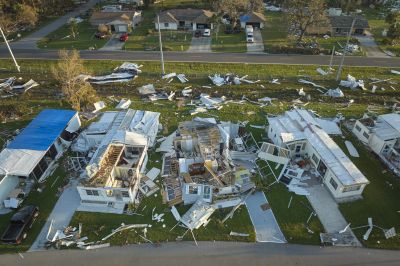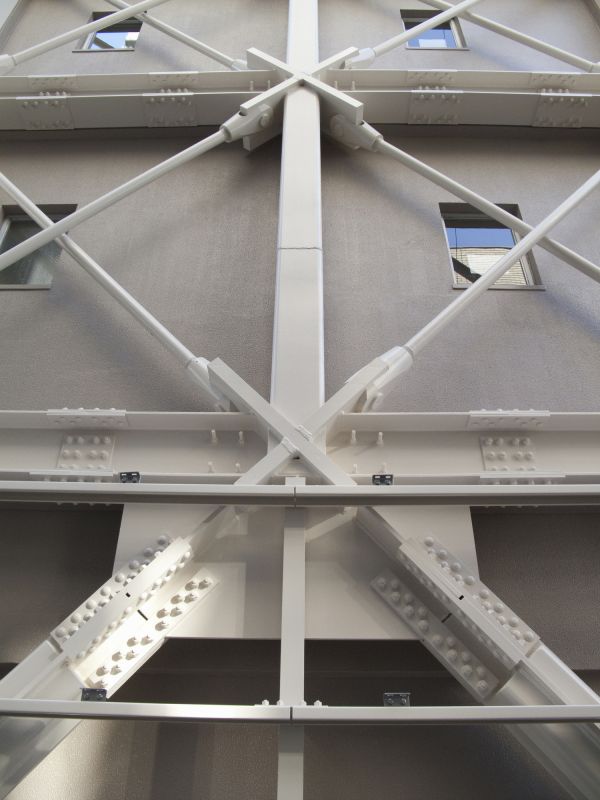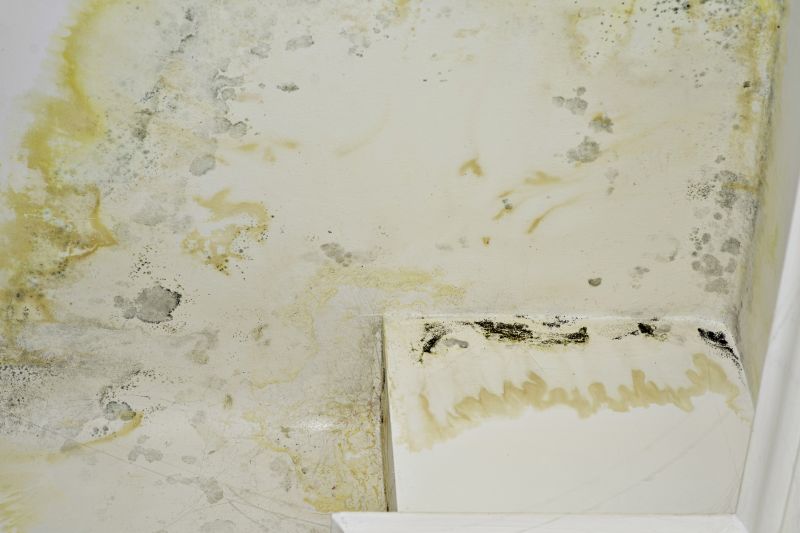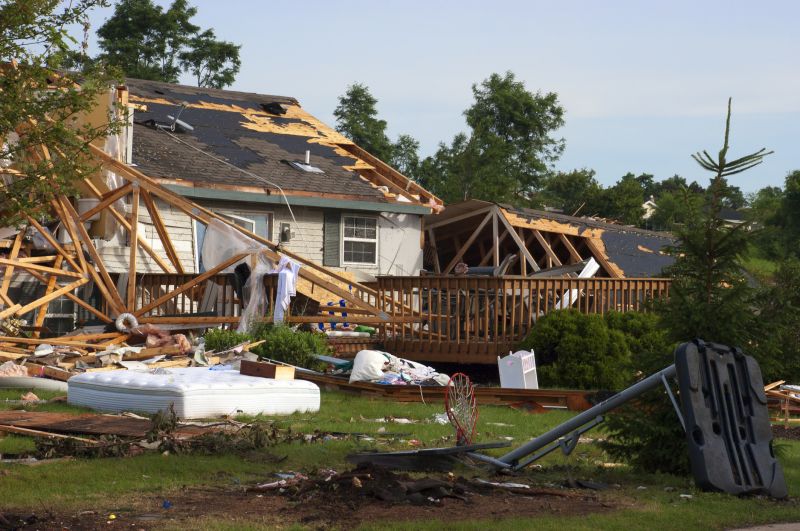Optimal Timing for Storm Restorations
Storm restorations are most effective when performed promptly after a storm to minimize damage and prevent further deterioration. The optimal seasons for storm restorations typically align with periods of higher storm activity, which vary by region. In Kent, Washington, the storm season generally peaks during the fall and winter months when heavy rain, wind, and storm systems are more frequent. Addressing storm damage early in these periods helps ensure structures are resilient and reduces long-term repair costs.
Fall and winter months see increased storm activity, making timely restorations critical during these periods.
Performing restorations in dry weather conditions helps ensure safety and quality of repairs.
Early intervention after storms can prevent further damage from ongoing weather exposure.
Understanding local weather patterns aids in planning the most effective restoration schedule.

Evaluating damage quickly after storms ensures timely restoration efforts.

Immediate action is often necessary to secure properties after severe weather.

Specialized tools and machinery are used for efficient storm damage repairs.

Ways to make Storm Restorations work in tight or awkward layouts.

Popular materials for Storm Restorations and why they hold up over time.

Simple add-ons that improve Storm Restorations without blowing the budget.
| Season | Optimal Timing |
|---|---|
| Fall | High storm activity; ideal for prompt repairs |
| Winter | Peak storm months; best to address damage early |
| Spring | Post-storm cleanup; secondary restoration period |
| Summer | Less storm activity; suitable for repairs and inspections |
Storm restorations involve repairing and restoring structures damaged by severe weather events. These efforts include fixing roof damage, securing weakened siding, and addressing water intrusion issues. Proper timing ensures that repairs are effective and durable, reducing the risk of future problems. Statistics indicate that timely storm restoration can decrease property damage costs by up to 30% and extend the lifespan of affected structures.
Effective storm restoration requires a comprehensive approach that considers weather patterns, damage severity, and resource availability. Planning restorations during the appropriate seasons maximizes safety, minimizes disruption, and ensures that repairs are completed under optimal conditions. Regular inspections following storms help identify vulnerabilities early, making timely interventions possible.

Assessing damage promptly helps prioritize restoration efforts.

Strengthening weakened areas reduces future storm risks.

Addressing water intrusion quickly prevents mold and decay.

Timely roof repairs protect against ongoing weather exposure.
For those interested in storm restorations, filling out the contact form can provide valuable information about available services and scheduling. Prompt action can help safeguard properties and ensure structural integrity during storm seasons.


